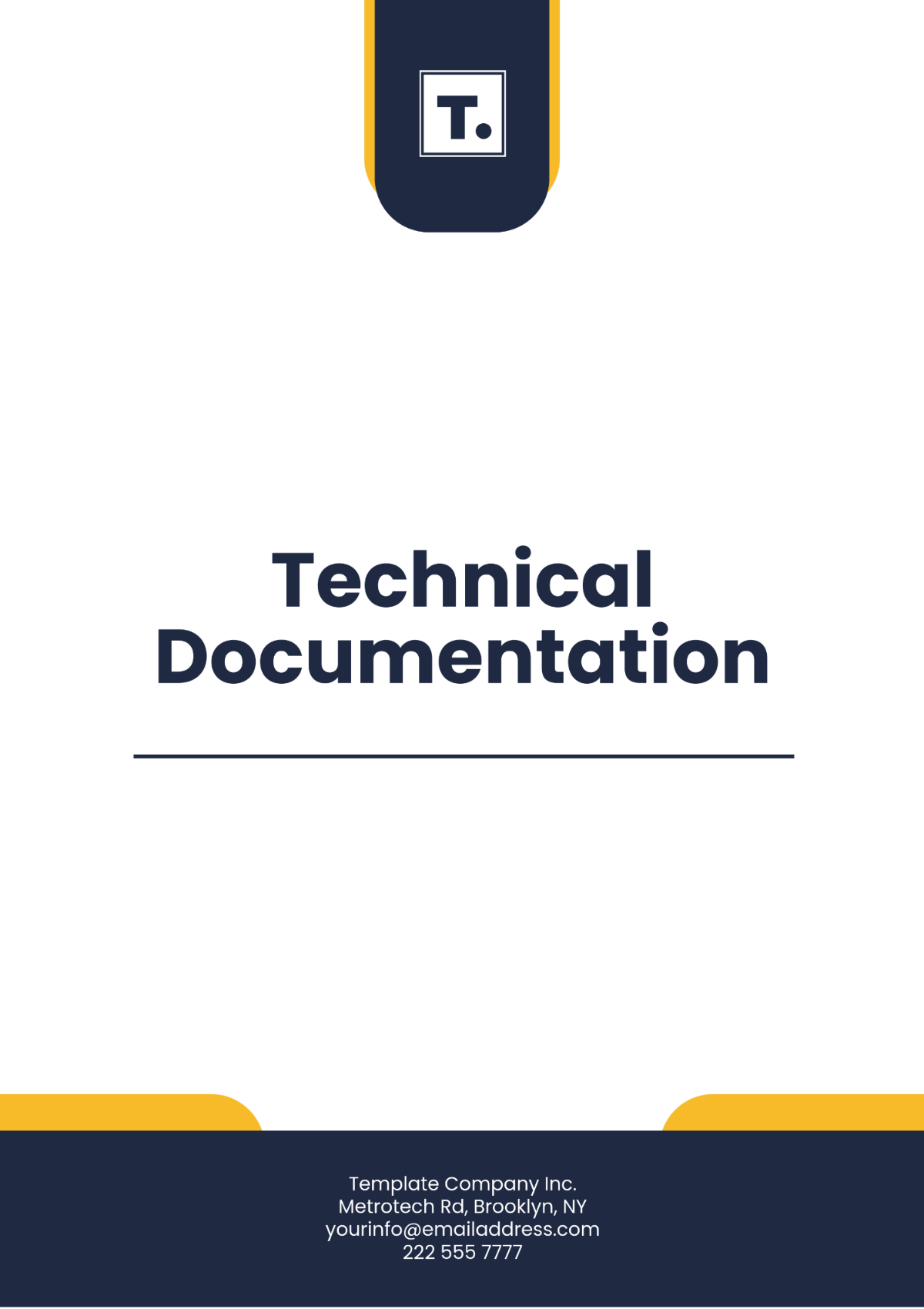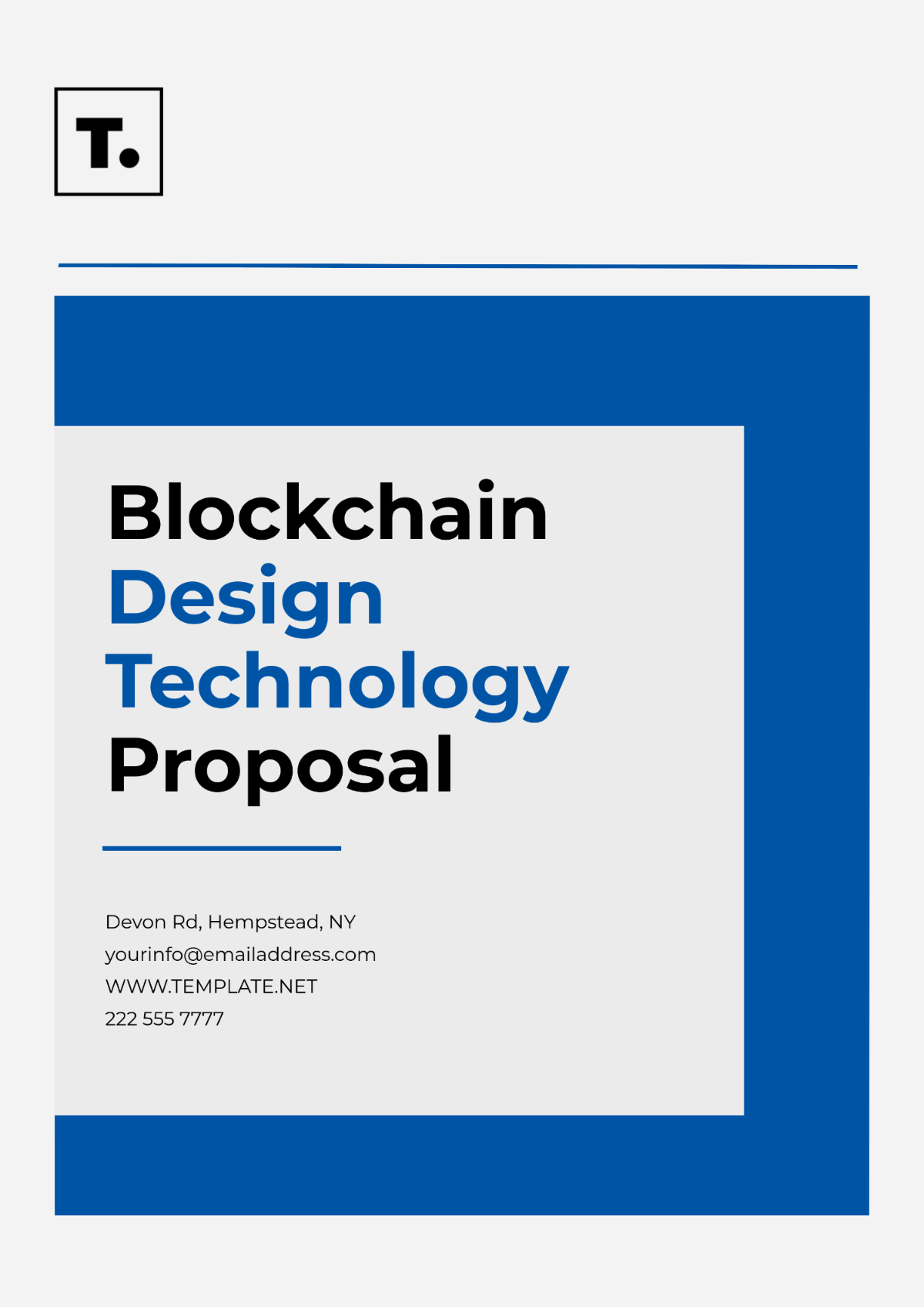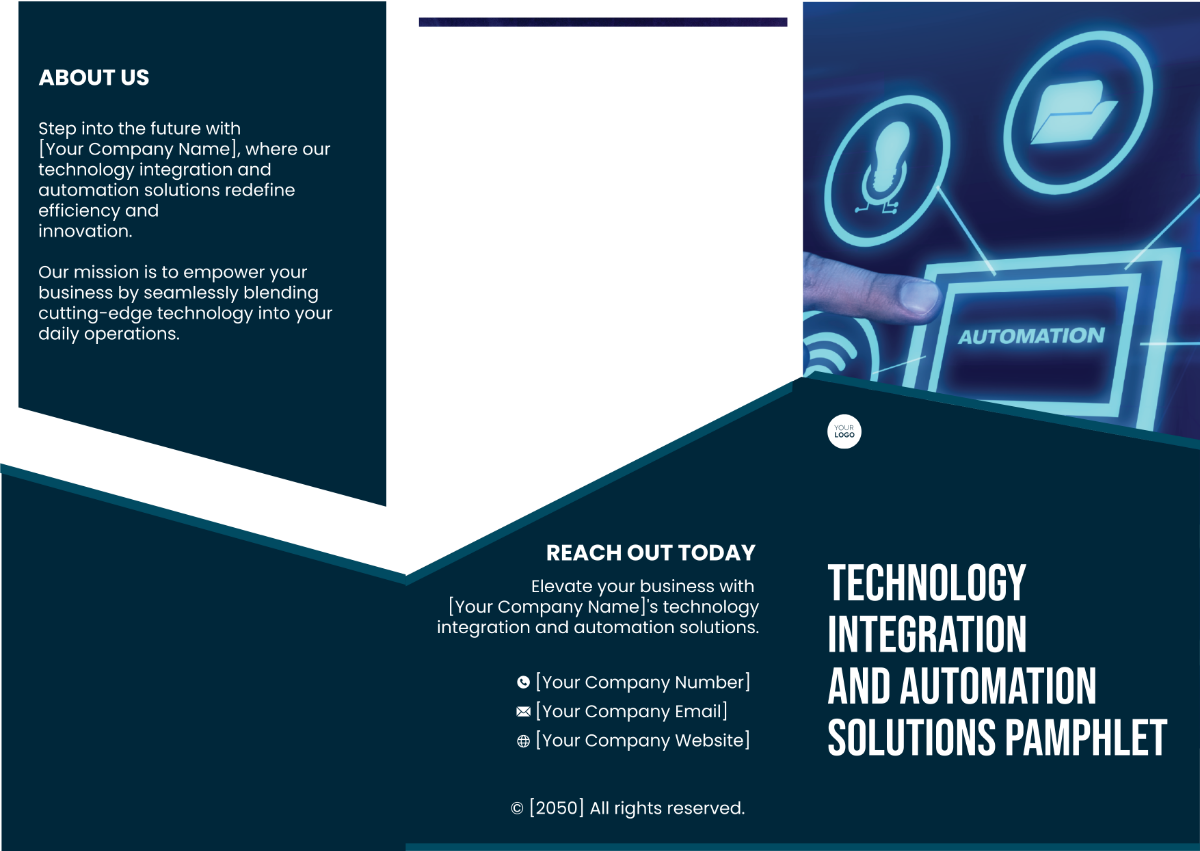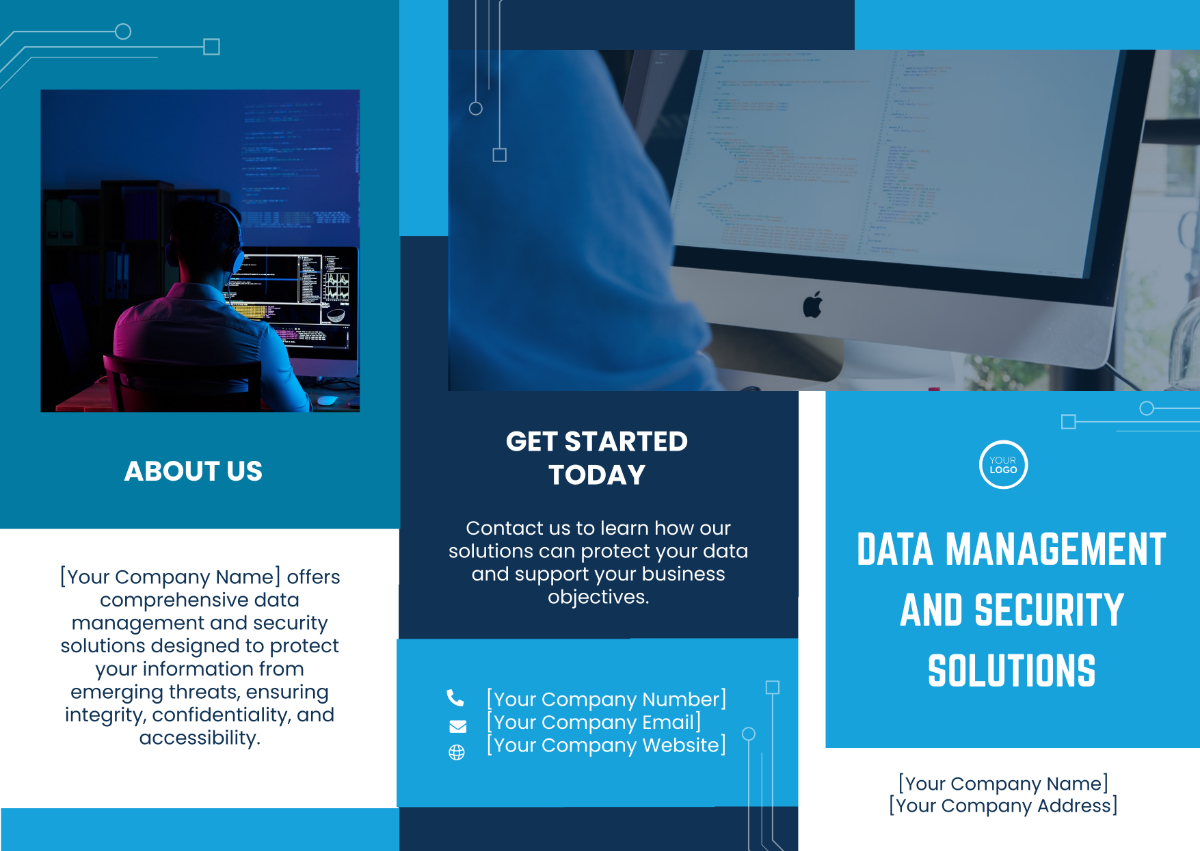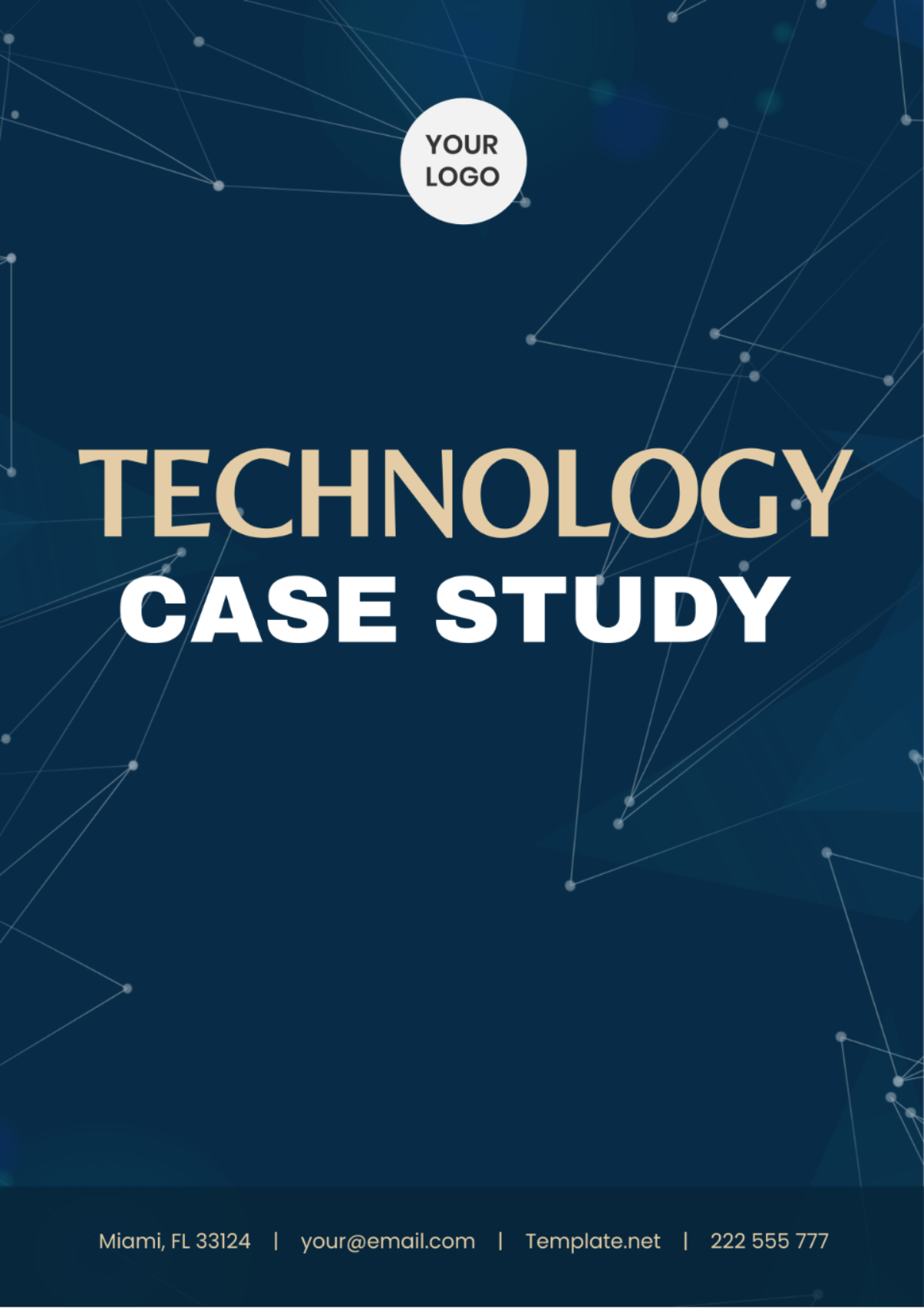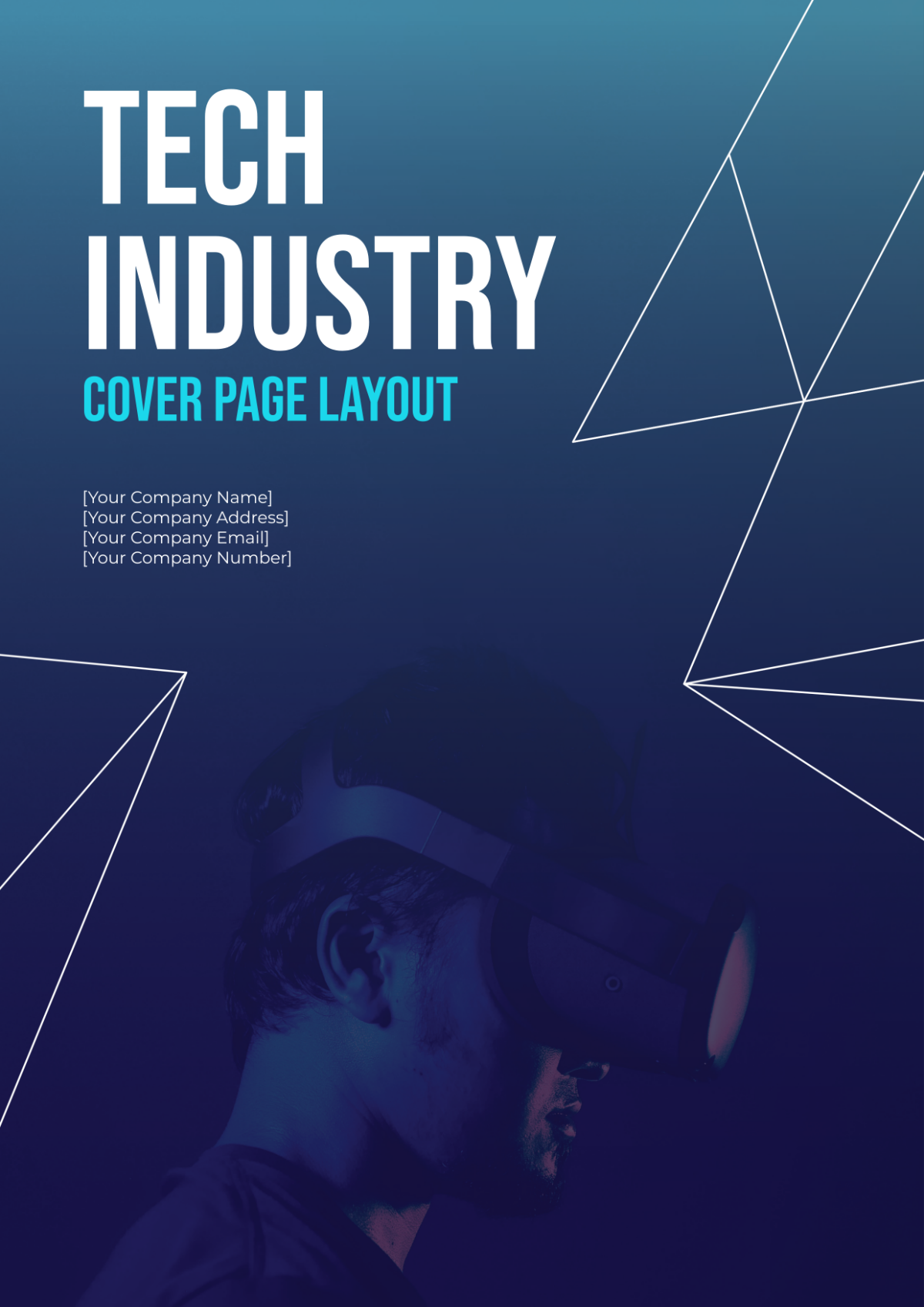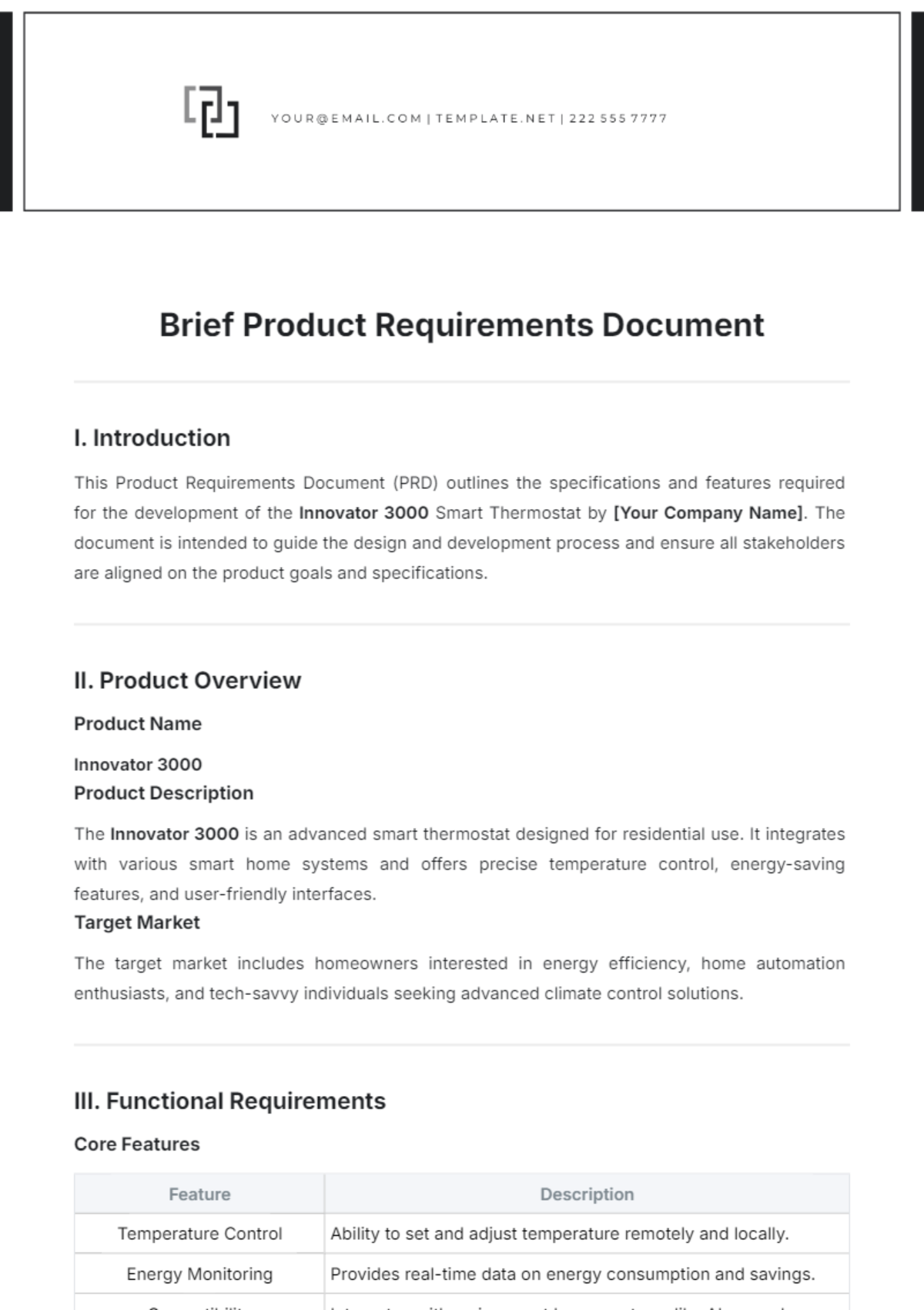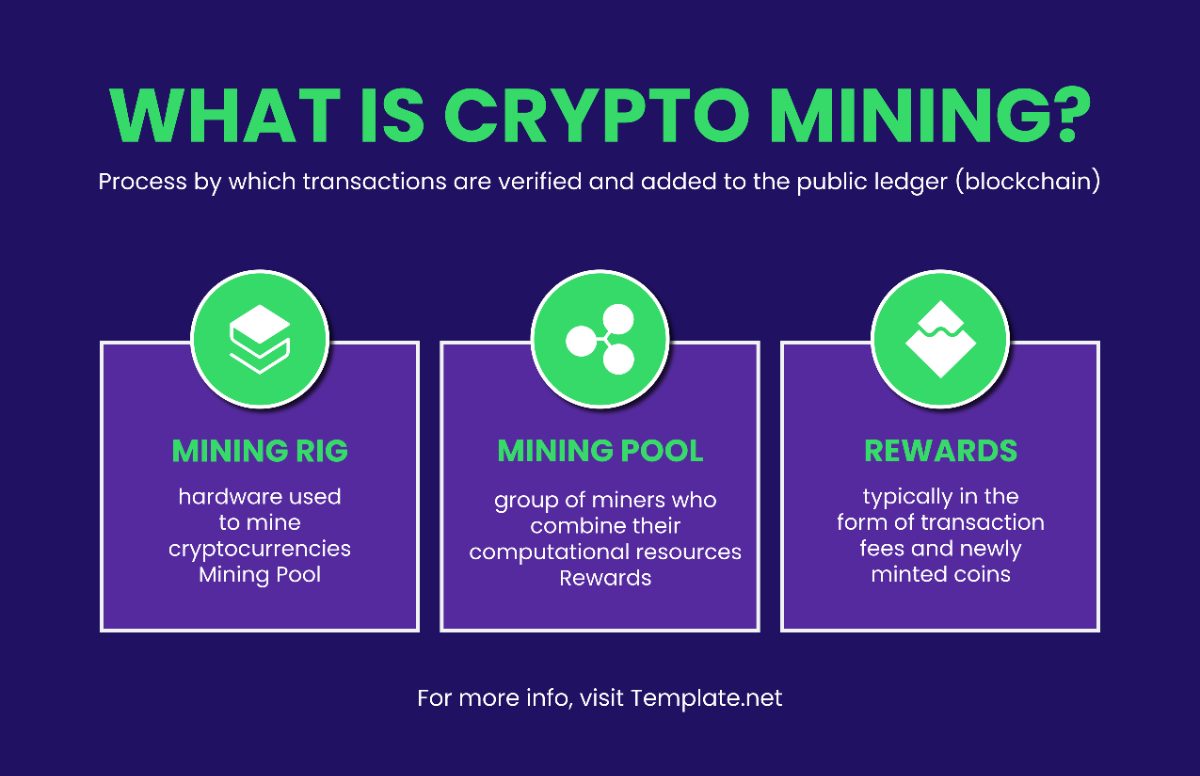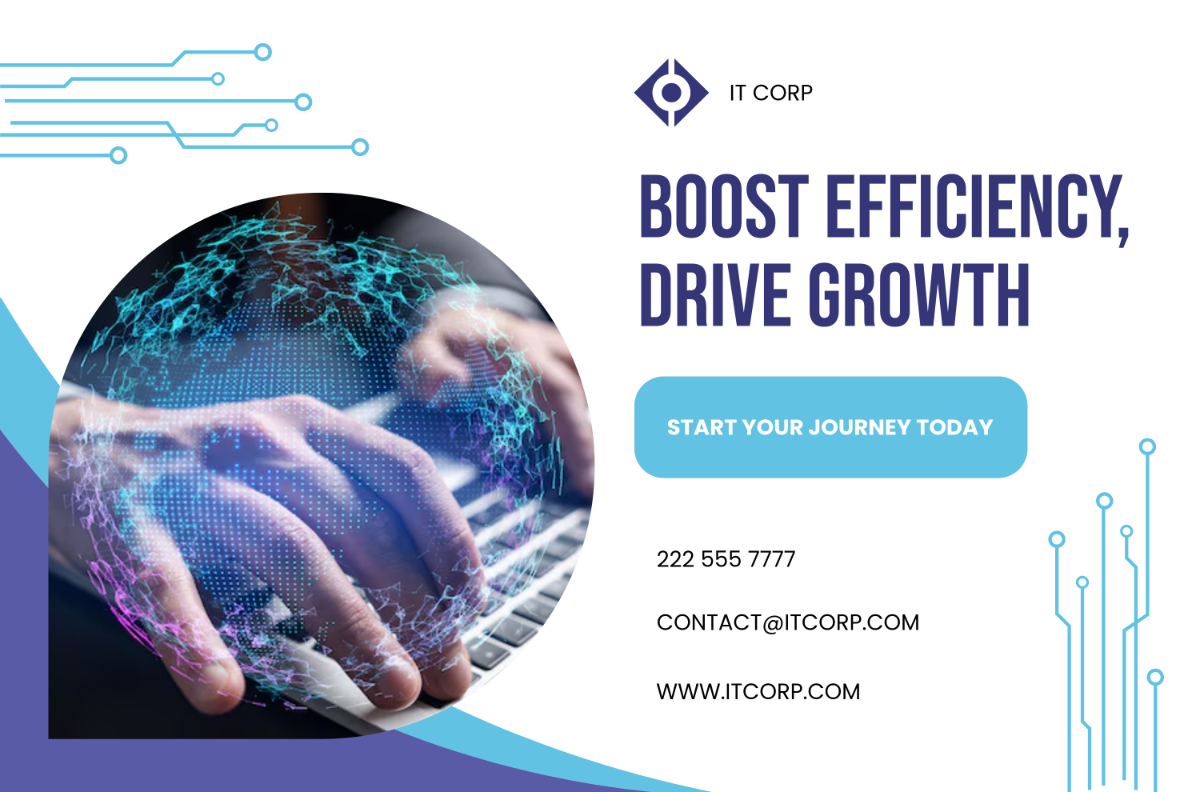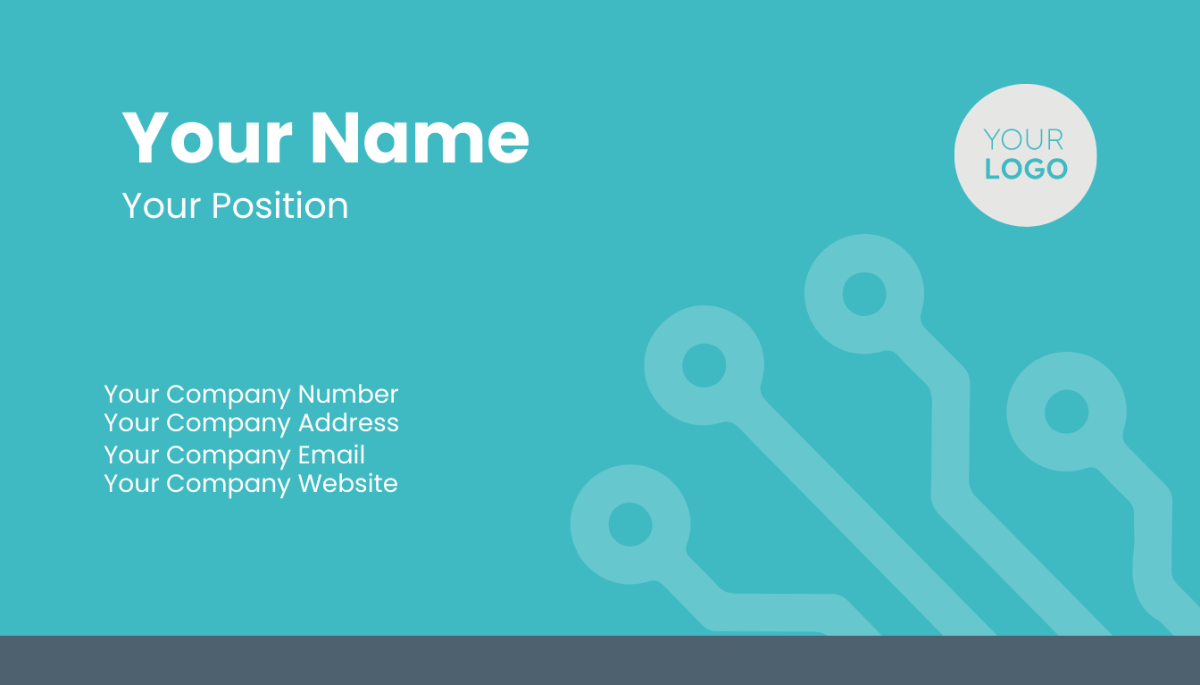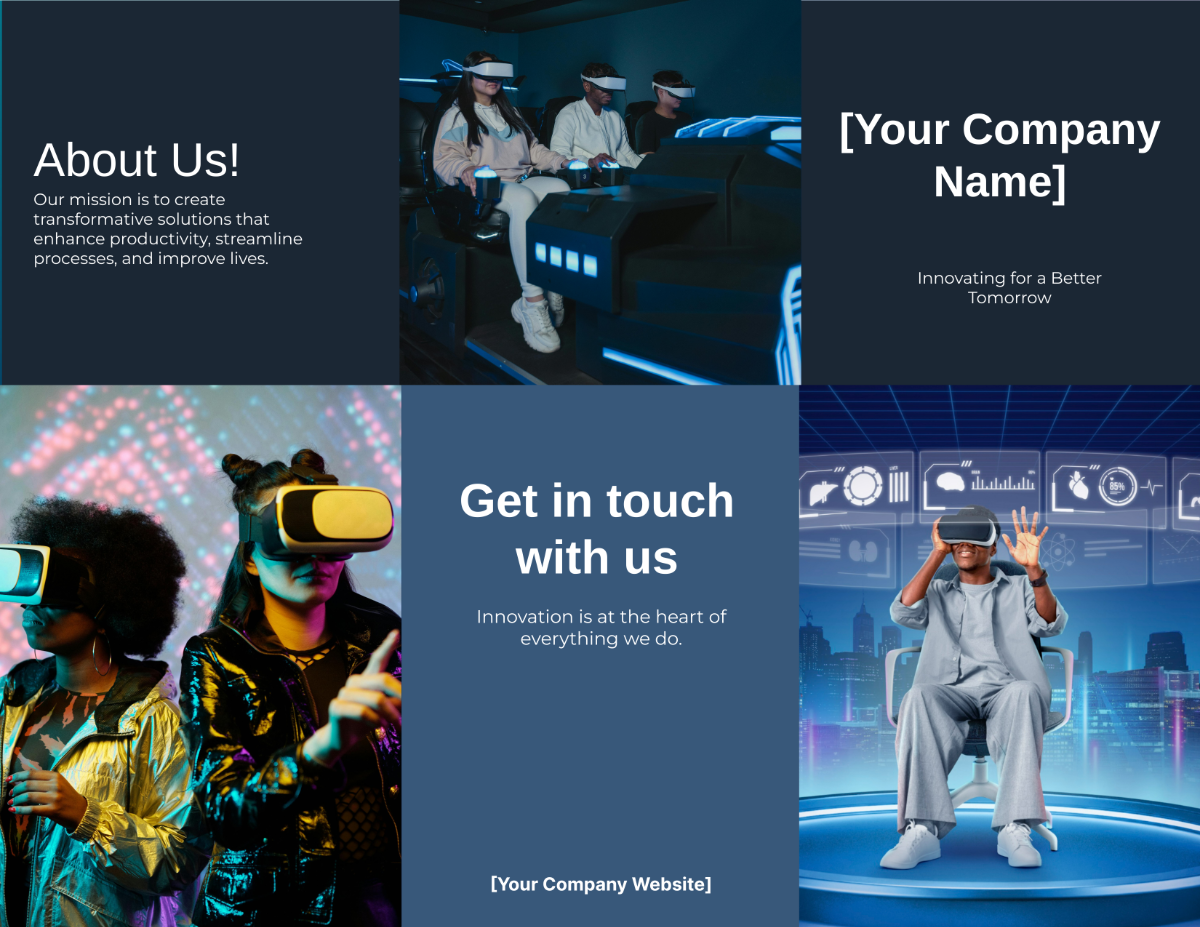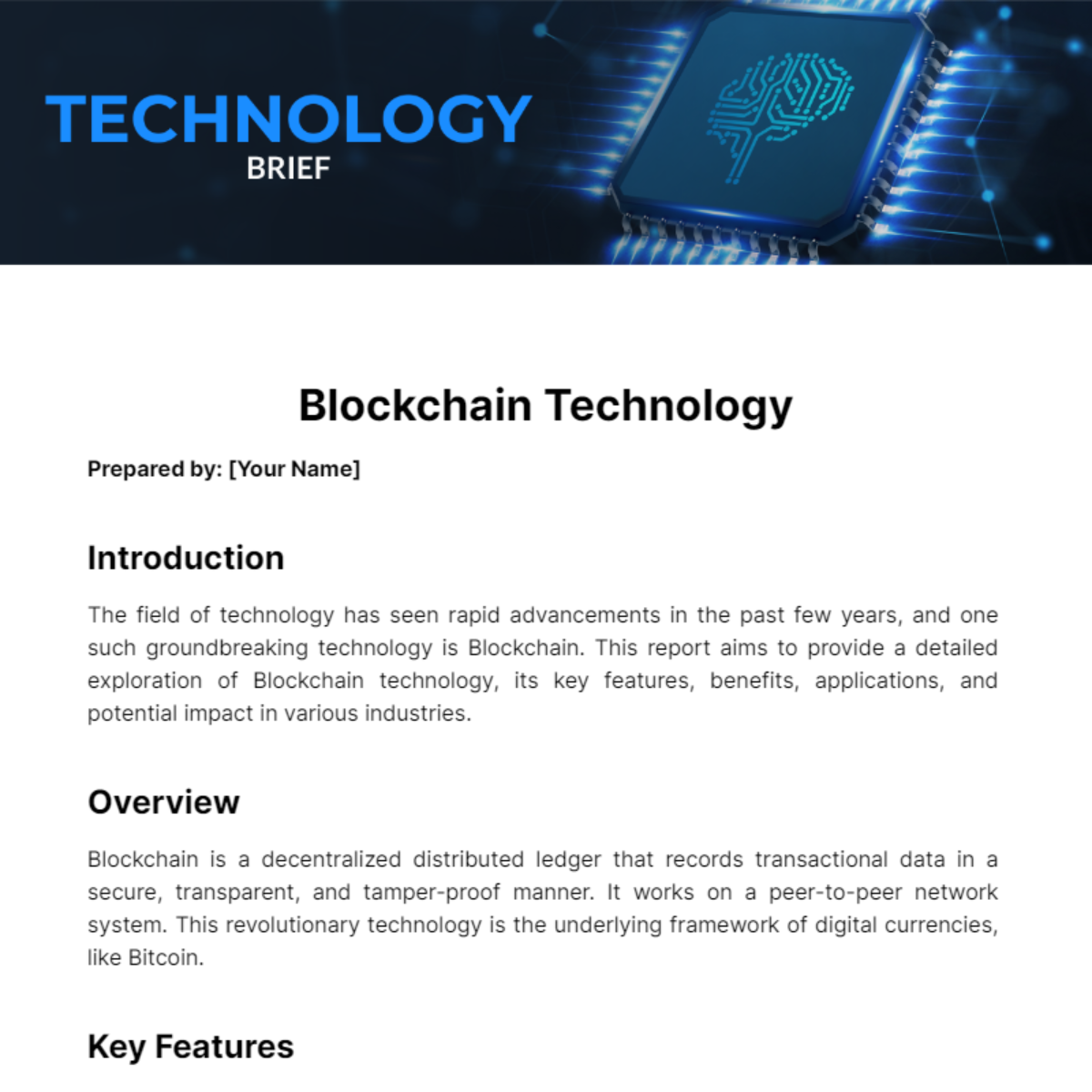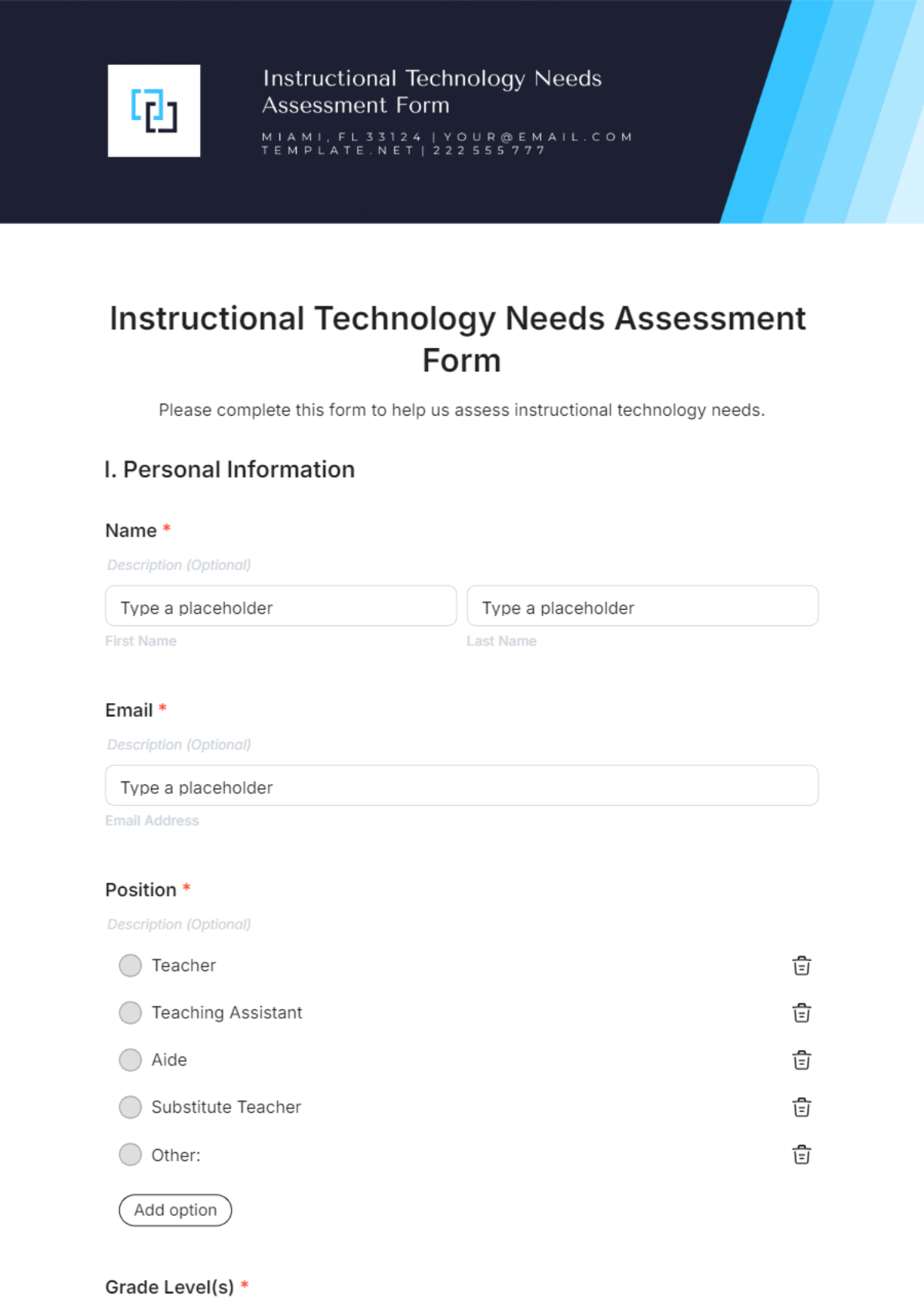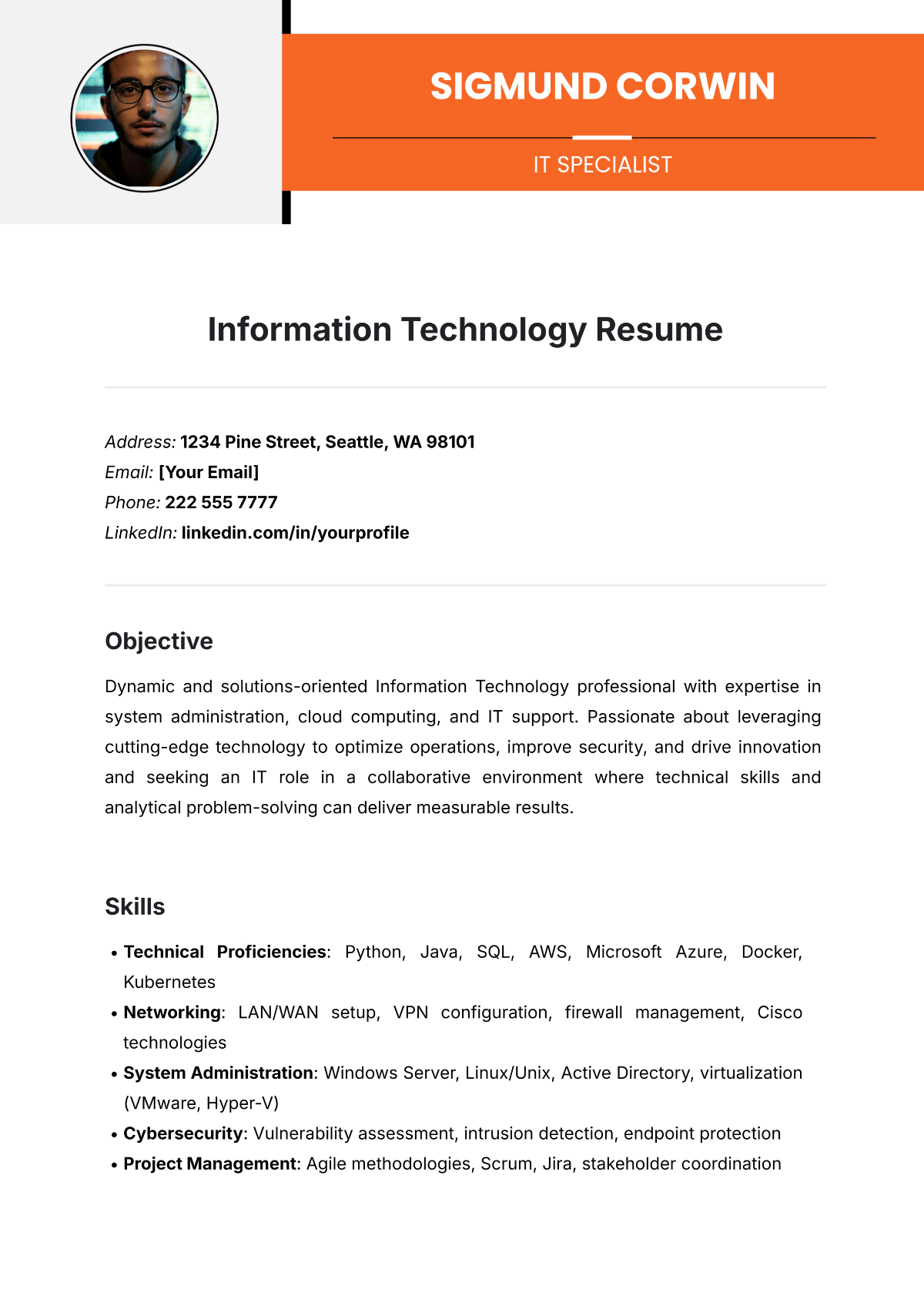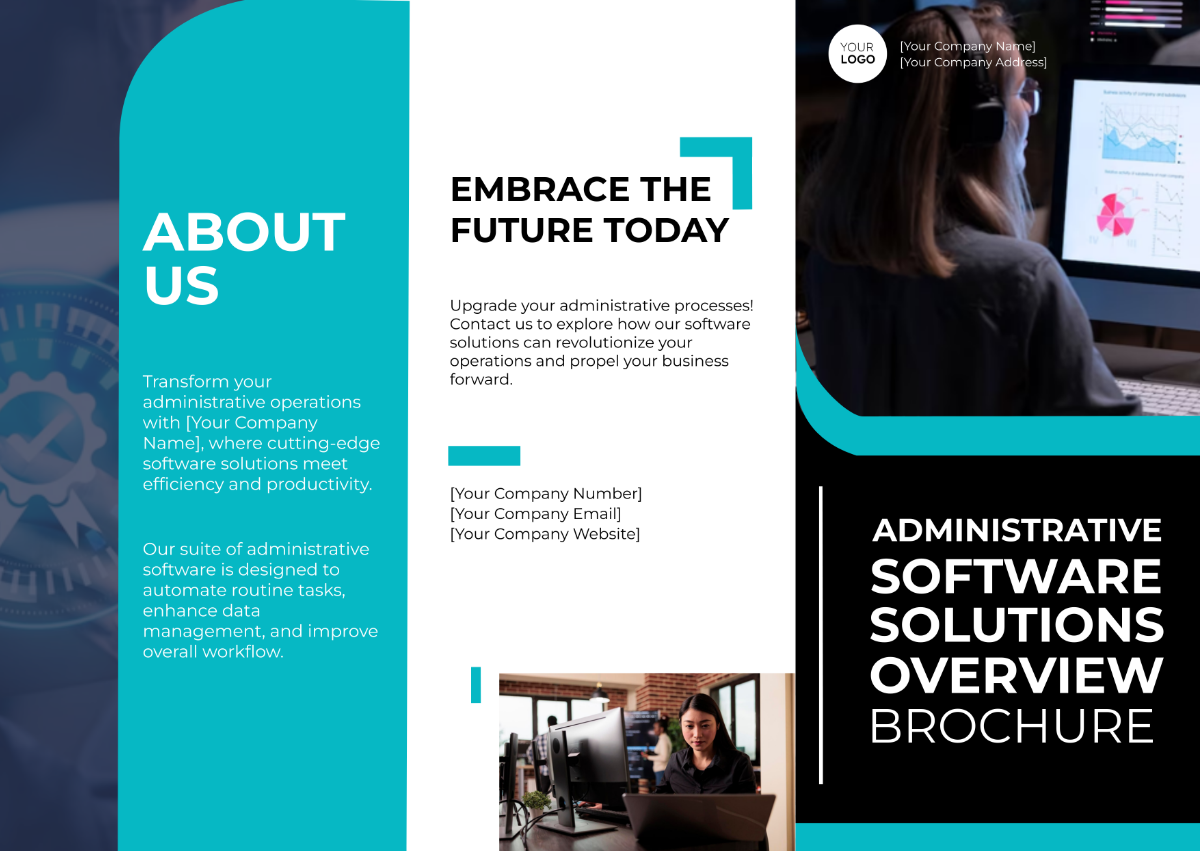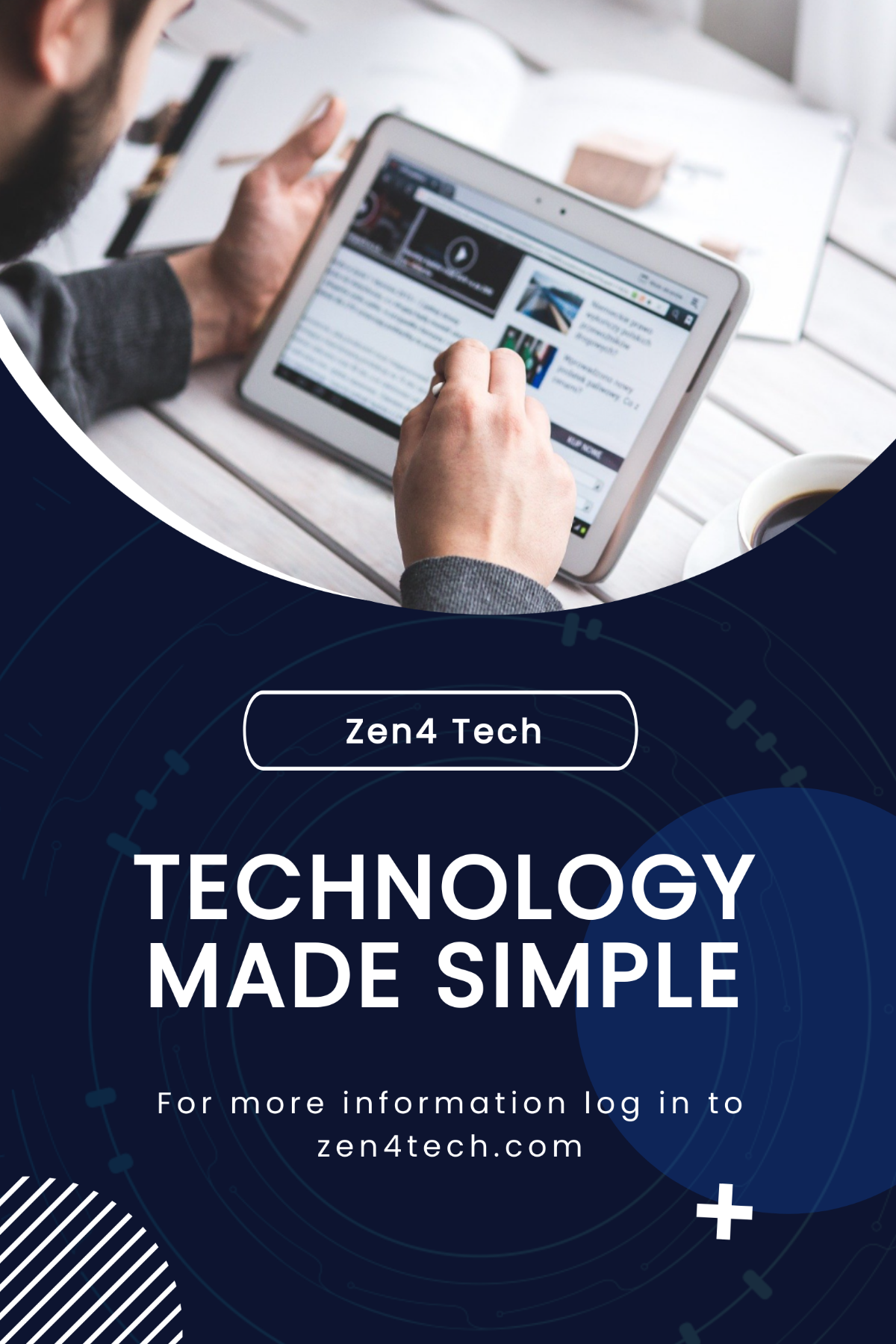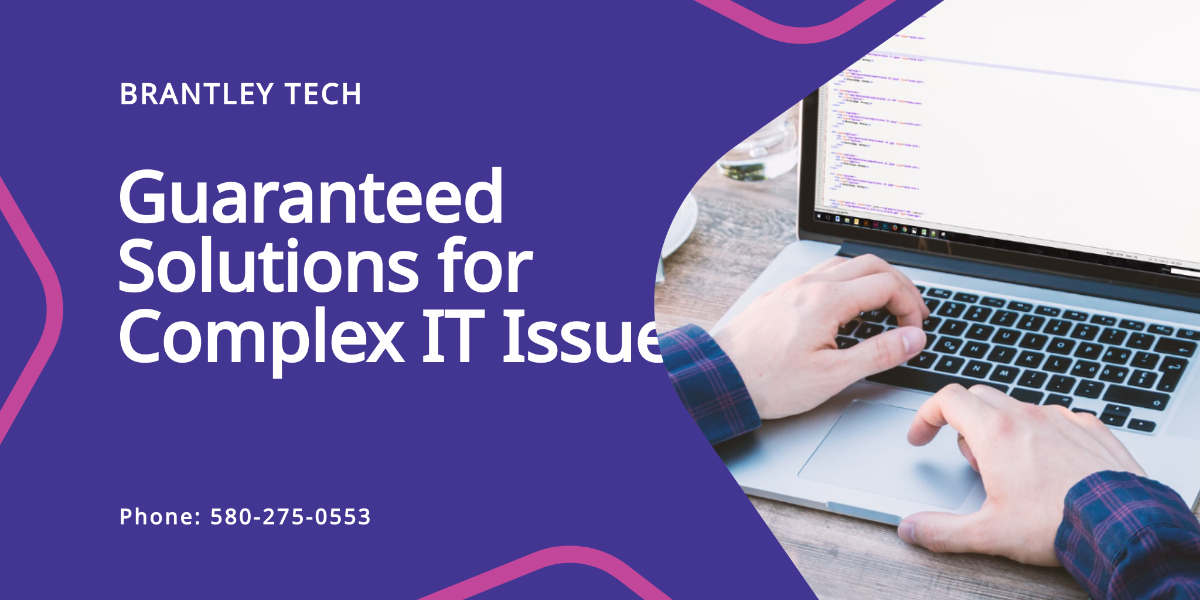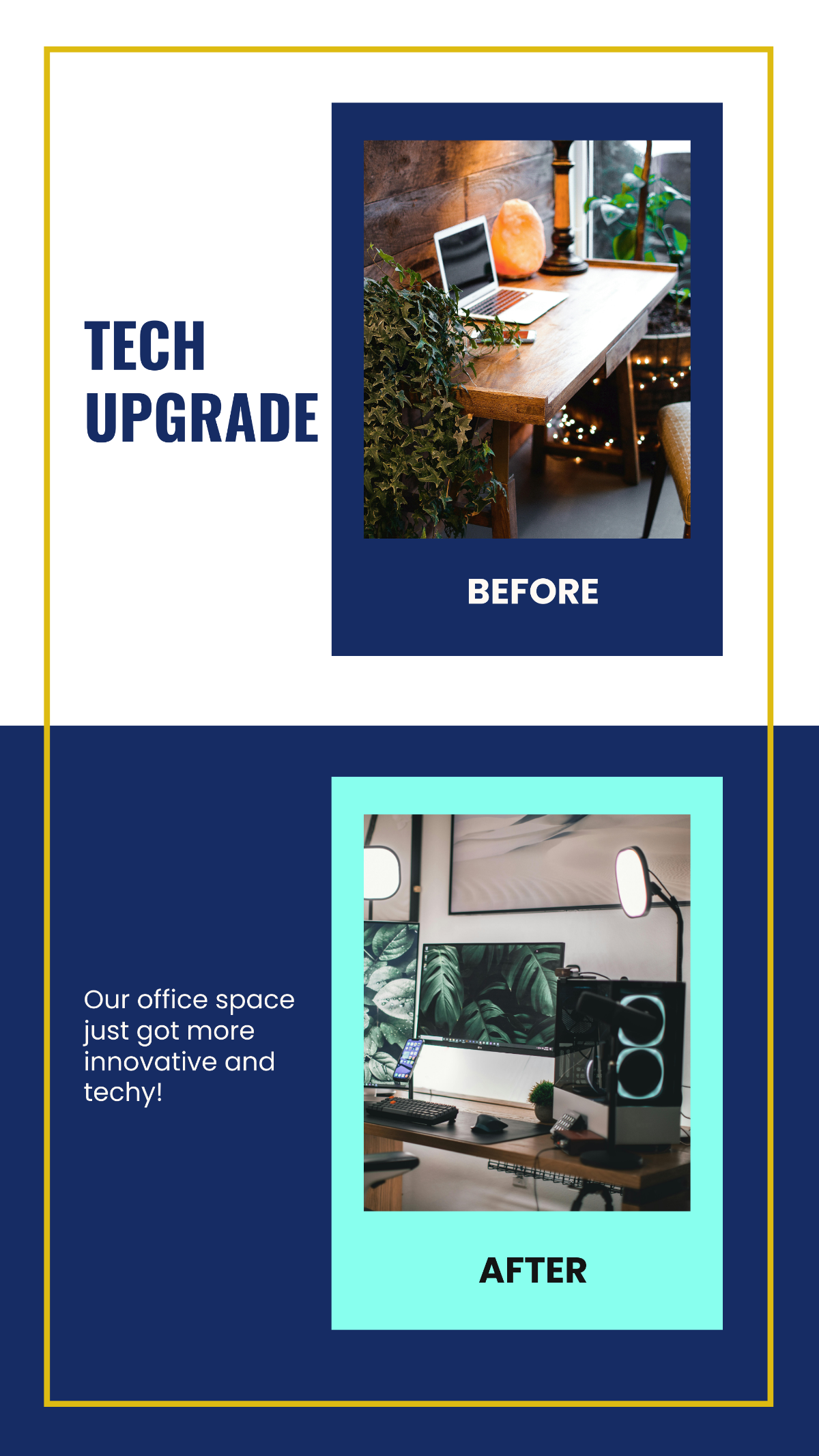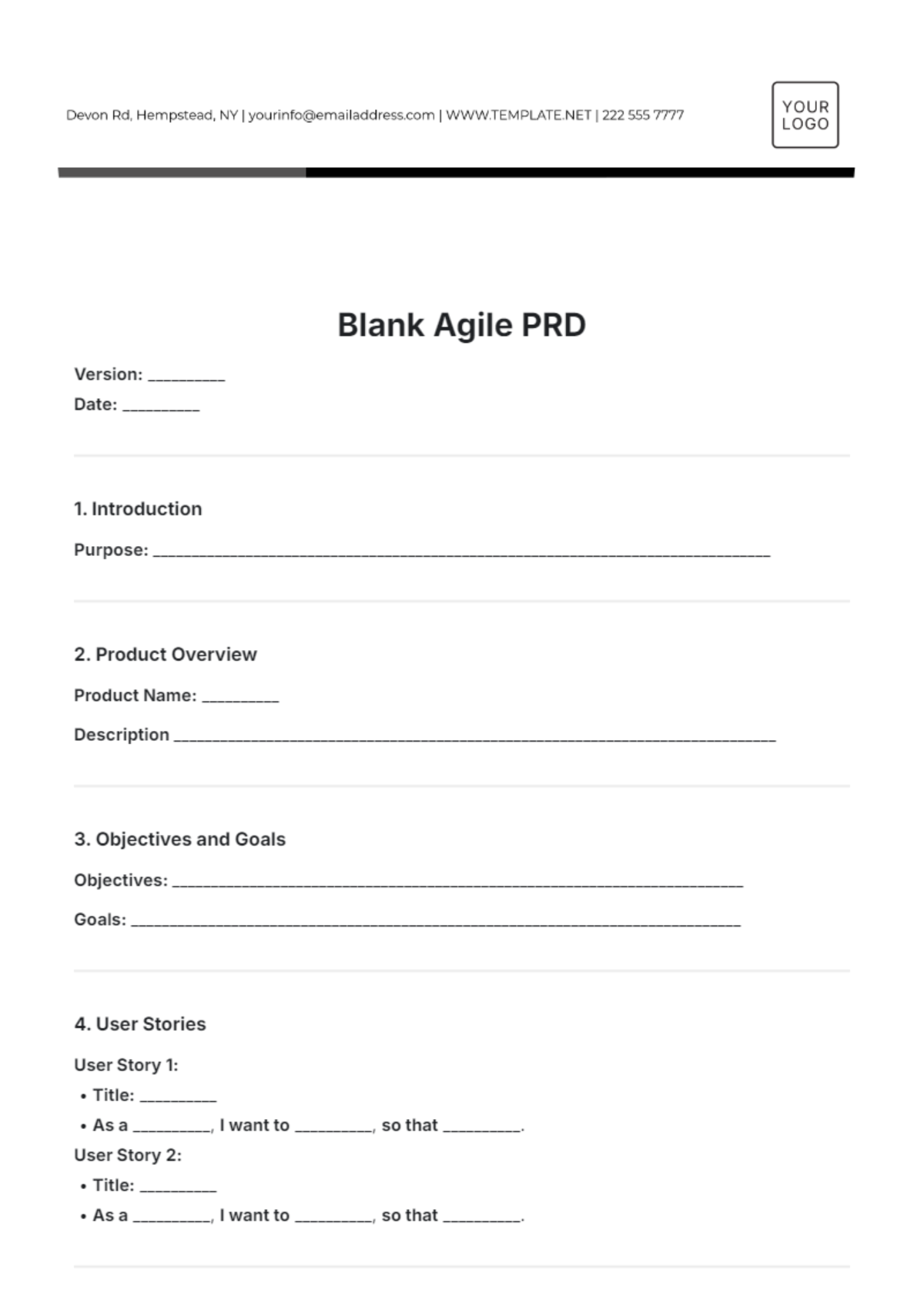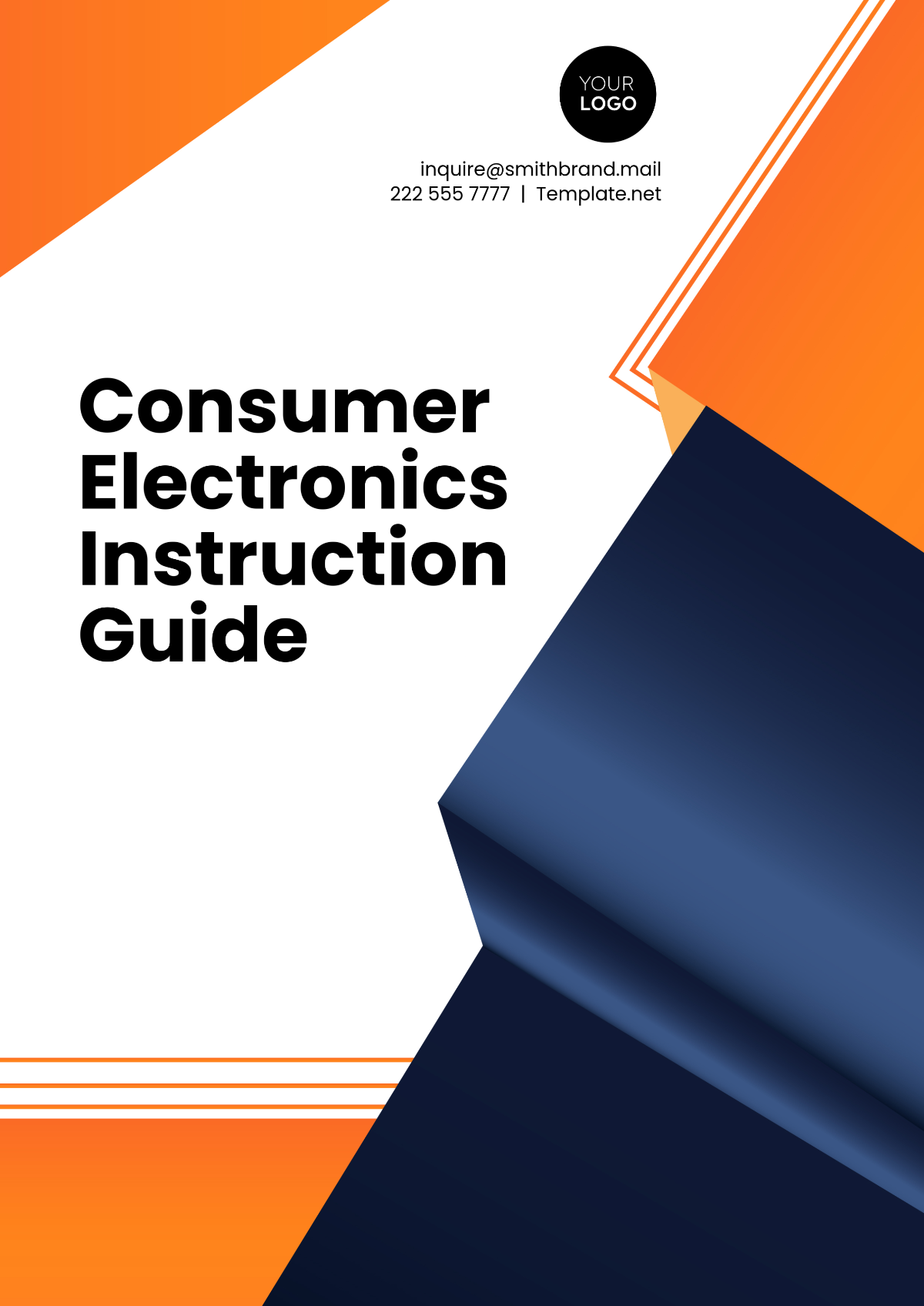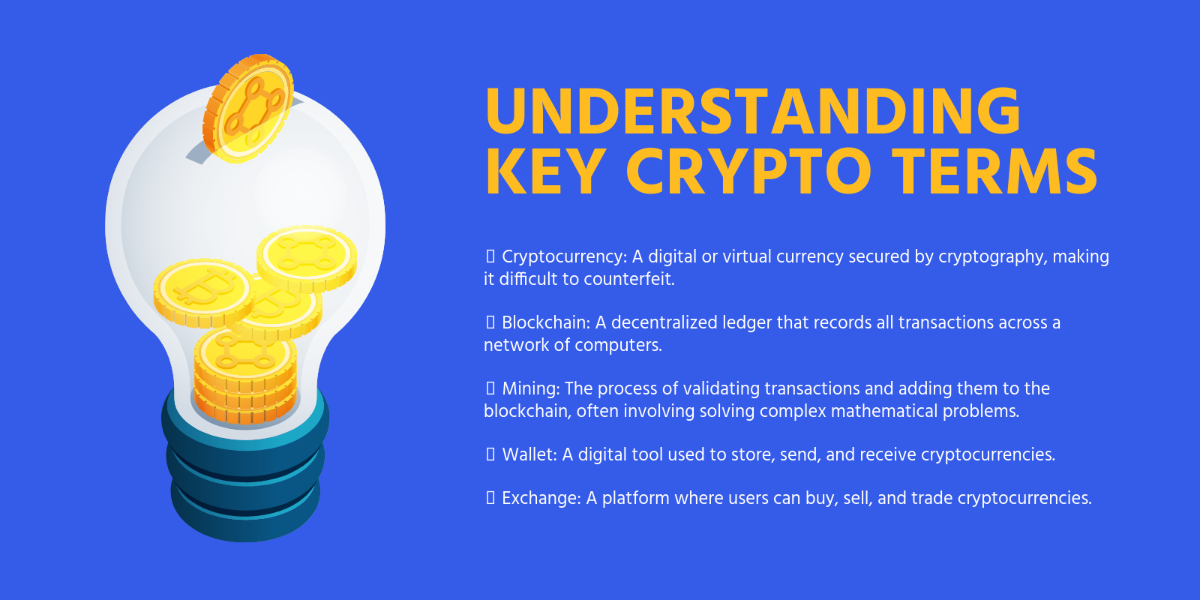Developer Requirements
1. Introduction
This document outlines all the technical and functional requirements that are necessary for the development of a new software application or system. By doing so, it guarantees that every stakeholder involved in the project, from developers and project managers to end users and investors, possesses a clear and unified comprehension of the project's objectives, scope, and expected deliverables.
2. Project Overview
2.1 Project Description
A. Objective: Develop a mobile application to manage personal finances. The app will offer expense tracking, budget management, financial reporting, and integration with bank accounts for automatic transaction imports.
B. Background: Existing finance management tools are either too complex or lack essential features. This application aims to provide a simplified, user-friendly experience that addresses these gaps.
C. Stakeholders:
End Users: Individuals looking for efficient personal finance management.
Project Sponsors: Financial technology firm funding the development.
Development Team: Comprising software engineers, UX/UI designers, quality assurance testers, and product managers.
2.2 Scope
A. Inclusions:
Secure user registration and login functionalities
Comprehensive expense tracking and categorization
Budget creation and monitoring features
Detailed financial reporting and analytics
Integration with external banking services for transaction data import
B. Exclusions:
Investment tracking
Tax computation functionalities
C. Deliverables:
Fully functional mobile application for iOS and Android platforms
User and technical documentation
Deployment and support plan
3. Functional Requirements
3.1 User Requirements
User Stories
As a user, I want to securely register and log in, so that I can access my personal finance data safely.
As a user, I want to categorize my expenses, so that I can analyze my spending patterns.
As a user, I want to set and track budgets, so that I can manage my finances within defined limits.
Use Cases
Use Case ID | Description | Actors | Preconditions | Postconditions |
|---|---|---|---|---|
UC001 | Enables new users to create an account. | User, System | None | User account is created |
UC002 | Allows registered users to access their accounts. | User, System | The user must be registered | User is logged in |
UC003 | Users can enter and categorize their expenses. | User, System | User must be logged in | Expense entry is recorded and categorized |
UC004 | Users can create and manage budgets. | User, System | User must be logged in | Budget is set up and monitored |
UC005 | Users can generate and download financial reports. | User, System | User must have recorded transactions | Report is generated and available for download |
4. Technical Requirements
4.1 System Architecture
Frontend: Built using React Native to ensure cross-platform compatibility for iOS and Android devices.
Backend: RESTful API developed with Node.js and Express to handle business logic and data operations.
Database: PostgreSQL is used for robust and scalable data storage.
External Services:
Plaid for integrating with bank accounts and fetching transaction data.
Stripe for secure payment processing.
4.2 Technology Stack
Component | Description | Technology | Version |
|---|---|---|---|
Frontend | Mobile application interface | React Native | 0.71.0 |
Backend | Server-side logic and API | Node.js, Express | 18.x |
Database | Structured data storage | PostgreSQL | 14.x |
External Services | Integration with financial services | Plaid, Stripe | - |
Deployment | Application deployment and cloud services | Docker, AWS | - |
Testing | Testing frameworks and tools | Jest, Mocha | 28.x |
5. Performance Requirements
Response Time: The application must respond to user actions within 1 second to ensure a smooth user experience.
Throughput: The system should support up to 1000 concurrent users without significant performance degradation.
Scalability: The system architecture must support horizontal scaling to handle increasing user loads seamlessly.
6. Security Requirements
Data Encryption: Implement AES-256 encryption for data at rest and TLS 1.2 or higher for data in transit.
Access Control: Use Role-Based Access Control (RBAC) to enforce least privilege access principles.
Authentication: Support OAuth 2.0 for secure user authentication and authorization.
7. User Interface Requirements
7.1 UI/UX Design
Consistency: Ensure a cohesive design throughout the application with consistent color schemes, typography, and button styles.
Accessibility: Design the application to be accessible, including support for screen readers and high-contrast modes for users with visual impairments.
Responsiveness: Optimize the user interface for various screen sizes and orientations to provide a seamless experience across different devices.
7.2 Wireframes and Mockups
Login Screen: Includes fields for username and password, with additional options for password recovery and user registration.
Dashboard: Displays a summary of key financial metrics, recent transactions, and budget status in a clear, user-friendly layout.
Expense Entry: Features a form for inputting expense details, including amount, category, and notes, with an intuitive submit button.
8. Integration Requirements
8.1 External Interfaces
Payment Gateway: Integrate with Stripe to handle secure transactions and payments.
Email Service: Use SendGrid for sending automated transactional and promotional emails.
Bank Integration: Implement Plaid API to allow users to import transactions directly from their bank accounts.
8.2 API Specifications
API Endpoint | Description | Method | Response Format | Authentication |
|---|---|---|---|---|
/api/login | User authentication | POST | JSON | OAuth 2.0 |
/api/expenses | Adding and retrieving expenses | POST/GET | JSON | Bearer Token |
/api/budgets | Creating and managing budgets | POST/GET | JSON | Bearer Token |
/api/reports | Generating and downloading financial reports | GET | Bearer Token |
9. Testing Requirements
9.1 Testing Strategy
Unit Testing: Test individual components to verify their functionality.
Integration Testing: Ensure that integrated components work together as expected.
System Testing: Conduct end-to-end testing of the complete system to validate overall functionality.
User Acceptance Testing (UAT): Engage actual users to validate that the system meets their needs and expectations.
9.2 Acceptance Criteria
Functionality: All functional requirements must be correctly implemented and tested.
Performance: The application must meet established performance benchmarks.
Security: The system must adhere to security standards and pass all relevant security tests.
Usability: The user interface must be intuitive, user-friendly, and offer a positive user experience.
10. Deliverables
Technical Documentation: Comprehensive documentation covering system architecture, API specifications, and integration details.
User Manuals: Detailed guides for end-users, including setup instructions and troubleshooting tips.
Final Release: A complete, fully functional mobile application available for download on iOS and Android platforms, along with deployment and support plans.







